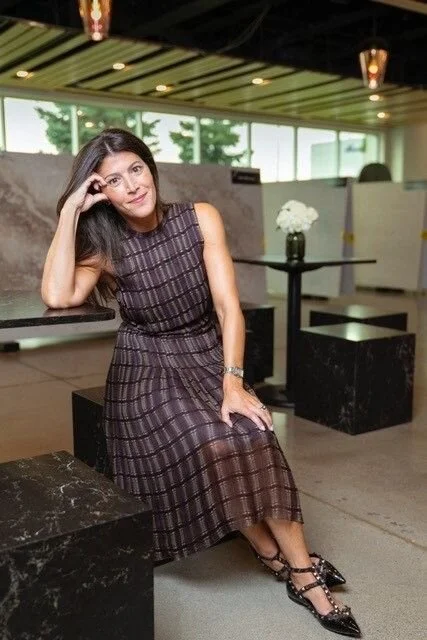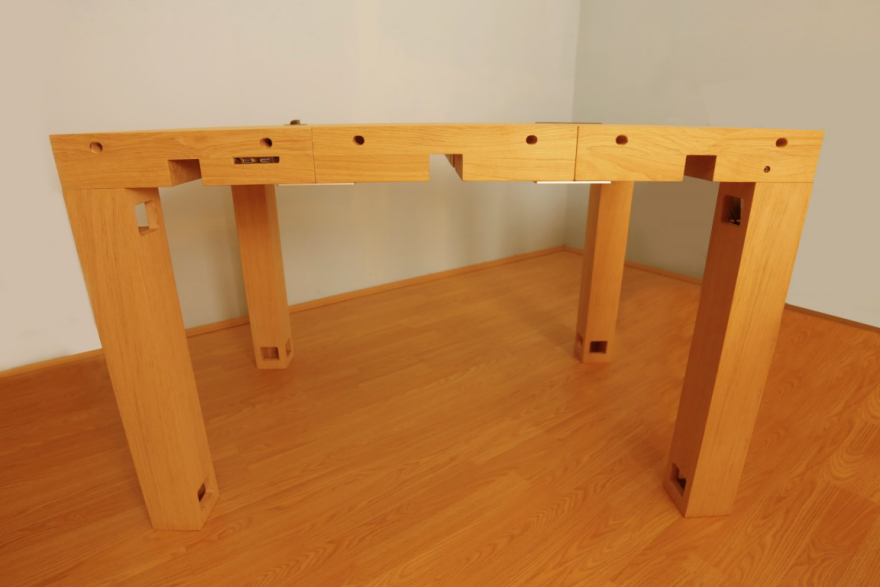Teknion Corporation showed its new Teknion Community Table during ORGATEC, last week in Cologne, Germany.
“Teknion’s community table is a response to a new trend emerging in today’s human-centered workplace,” said Kaerynne Nakamura, Director, Product Management, Architectural Products & Casegoods. “Our community table is designed to be in tune with these human needs and modern workstyles based on interaction. The substantial proportions of these well-crafted wood tables make them a focal point for any space, an architectural anchor that invites conversation and collaboration.”
A model of simple, straight-forward design, the large, shared community table is ideal for use in office lobbies and reception areas, corporate cafes and open work areas. Tables are available in custom dimensions to meet exact requirements. Access to power/data is transparent, provided via a central trough. Teknion community table finishes include natural and Flintwood veneers, plus specialty finishes. The community table was designed by Michael Vanderbyl in conjunction with Teknion.

























